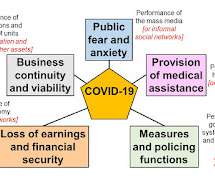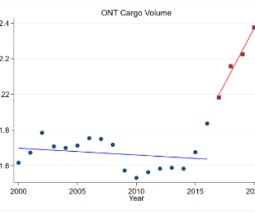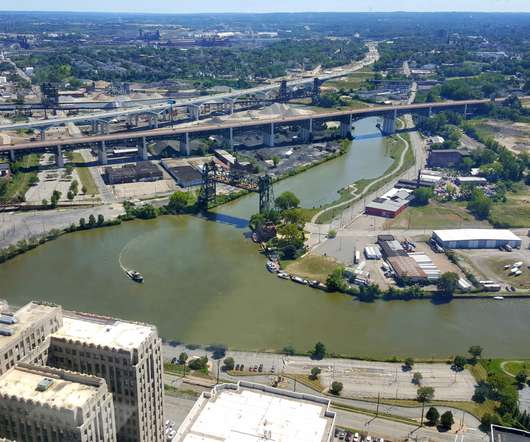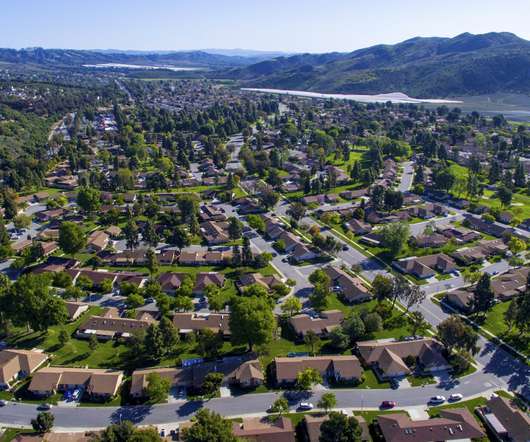Covid-19: Elements of a Scenario
Disaster Planning and Emergency Management
MARCH 11, 2020
US Homeland Security Council 2005, UK Government 2008), while in others it did not. About the same time, 2007, Dr Michael Leavitt of the US Department of Health and Human Services wrote: "We don't know when a pandemic will arrive. McCaw 2007. PLoS One 2007:2(11): e1220, 1-6. UK Government 2008. Mathews et al.



















Let's personalize your content